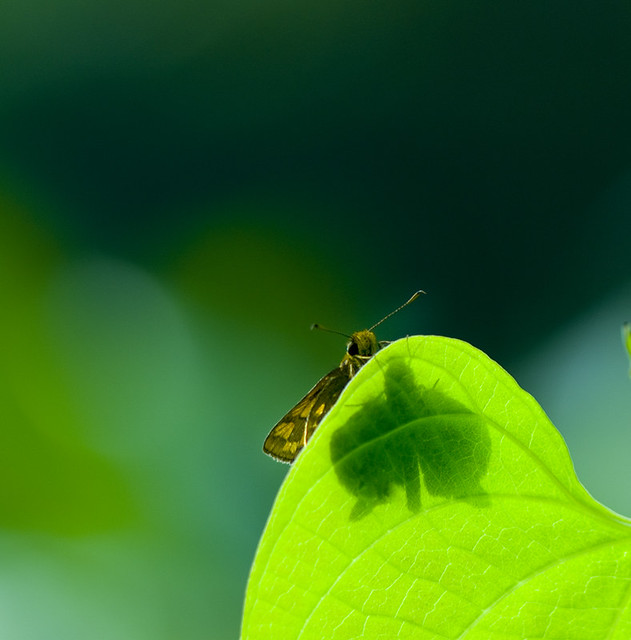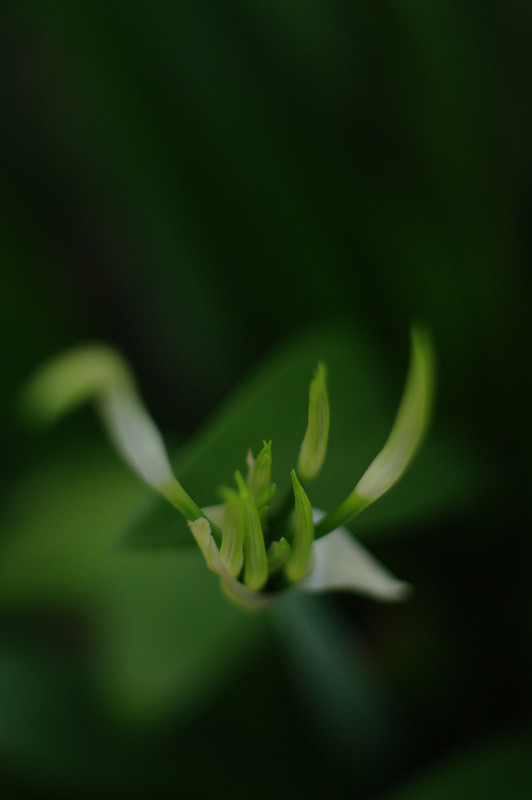This is more of a personal field report rather than reviewing each and every aspect of the camera.
This field report is divided into 5 parts.
1. Introduction
2. Handling
3. Image Quality
4. With Legacy lens
5. The Bottom line
1. Introduction
Few months back, I read about the Samsung EX1 review on luminous-landscape where it was given an excellent rating. Craving for a good compact for walk-around photography, I headed down planning to buy the EX 1 and saw this poster promoting the NX10 with 30mm F2 . Asking for both EX1 and NX10 and comparing them side by side, the few things that struck me about the NX10 during the comparsion are:
- Useable Electronic View Finder
- APC-S CMOS Sensor
- DSLR like Menu and buttons layout
- Extremely portable (the NX10 with the 30mm F2 can fit into a One Million dollar home – Crumpler)
- fast kit lens (30mm F2)
After a few days of research and fact-finding, I took the plunge and bought the NX10. Here is a report about using the NX10 in the field.

NX 10 with Minolta Rokkor 50mm 1.4.
This field report is divided into 5 parts.
1. Introduction
2. Handling
3. Image Quality
4. With Legacy lens
5. The Bottom line
1. Introduction
Few months back, I read about the Samsung EX1 review on luminous-landscape where it was given an excellent rating. Craving for a good compact for walk-around photography, I headed down planning to buy the EX 1 and saw this poster promoting the NX10 with 30mm F2 . Asking for both EX1 and NX10 and comparing them side by side, the few things that struck me about the NX10 during the comparsion are:
- Useable Electronic View Finder
- APC-S CMOS Sensor
- DSLR like Menu and buttons layout
- Extremely portable (the NX10 with the 30mm F2 can fit into a One Million dollar home – Crumpler)
- fast kit lens (30mm F2)
After a few days of research and fact-finding, I took the plunge and bought the NX10. Here is a report about using the NX10 in the field.

NX 10 with Minolta Rokkor 50mm 1.4.
Last edited:
















